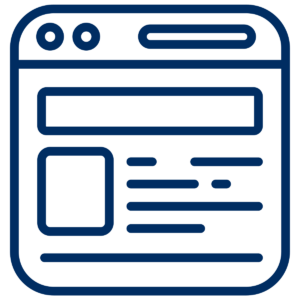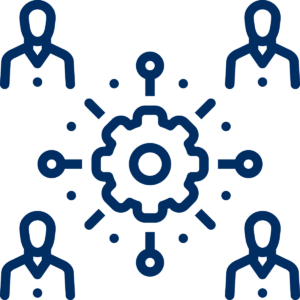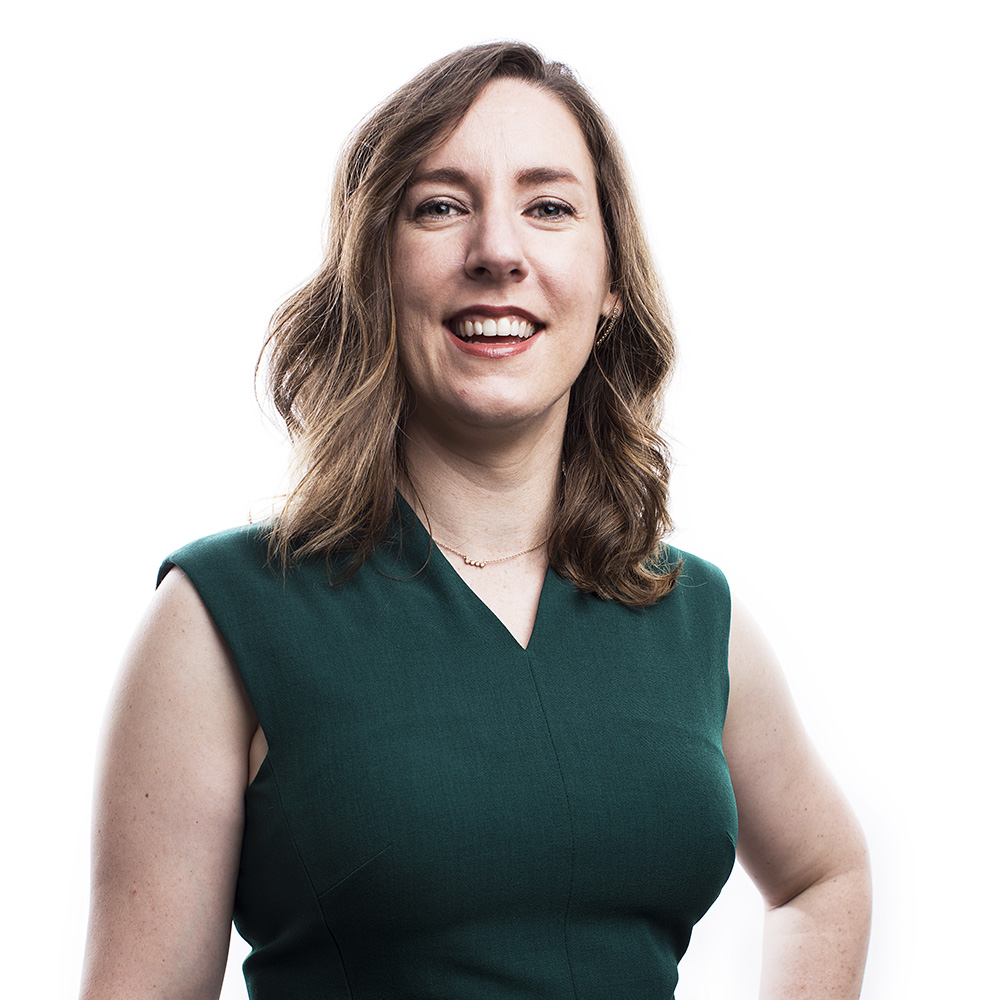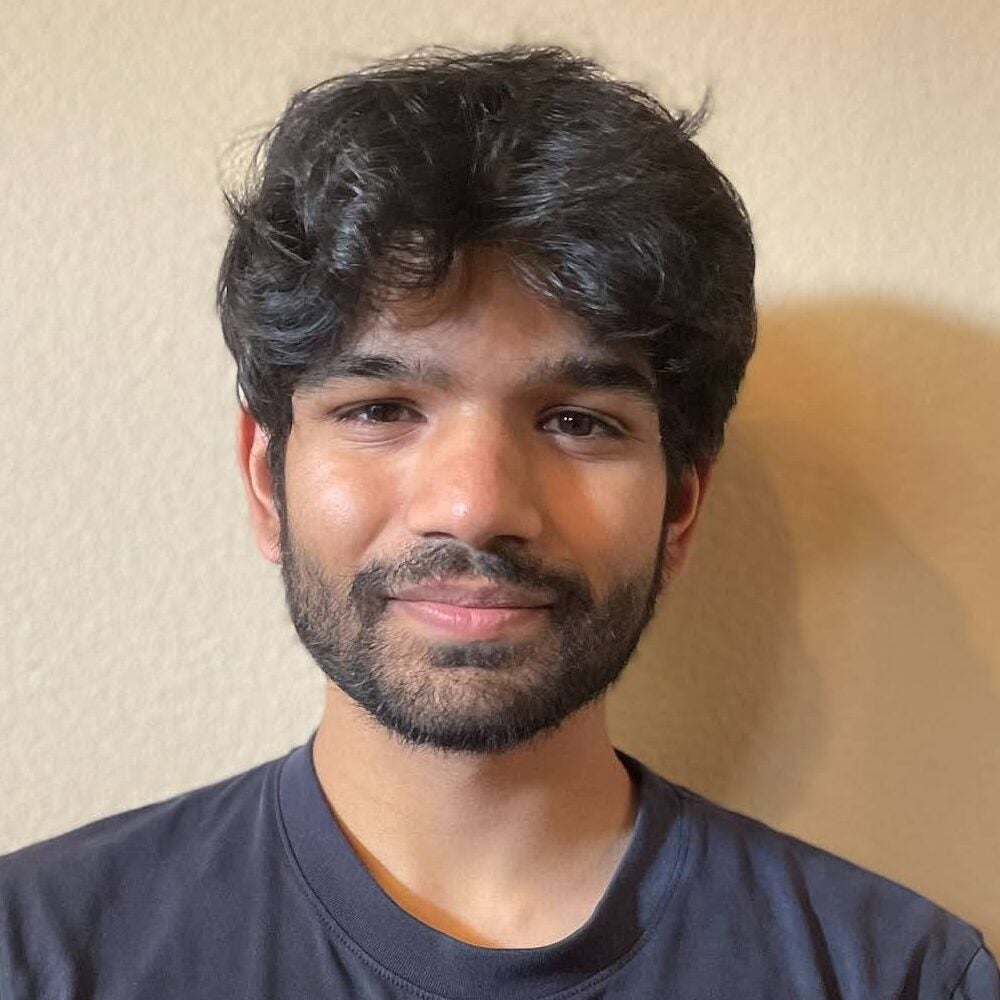Digital Benefits Network
Highlights
- Leading a network of cross-program, cross-sector public benefits practitioners who are expanding the equitable access and uptake of public benefits by improving the technology and services used to deliver them.
- Creating responsive and actionable tools and resources with the latest insights, promising practices, and vision for the future that enables implementation and inspires what’s possible in benefits delivery.
- Driving coordination, collaboration, and alignment in the digital benefits ecosystem.

The Digital Benefits Network (DBN) supports government in delivering public benefits services and technology that are accessible, effective, and equitable in order to ultimately increase economic opportunity.
- We value experience and expertise from diverse backgrounds, disciplines, and sectors.
- We work with people who design, deliver, administer, use, and influence public benefits.
- We work across key benefits programs including food and nutrition (SNAP, WIC), health (Medicaid/CHIP), cash assistance (TANF, basic income), child care, and unemployment insurance (UI) to identify shared challenges and opportunities, and to amplify strategies to enable equitable and effective implementation.
- We explore current and near-term challenges, while also creating space to envision and explore future policies, services, and technologies.
Why Now
Social, health, and economic supports in the United States are delivered to individuals and families through a patchwork of programs legislated and funded at the national level, but administered through 56 states and territories, and often delivered through additional local levels of government and nonprofit organizations. This policy design and funding structure has led to a system with wide variations and inequities, with significant burdens placed on the people seeking assistance, especially those from historically marginalized communities.
Recent estimates suggest that if U.S. benefits programs received full funding and 100-percent participation, the poverty rate would decline by 31 percent overall, and would push 14.9 million people—including 4.8 million children— above the poverty level. Increasingly, digital services have become a primary channel for assessing eligibility, applying for programs, and maintaining enrollment. However, these digital systems reflect their policies and are rife with variations and inequities.
We believe we can help policy and technology better serve people seeking and delivering public benefits. We are uniquely positioned within a leading academic institution to advance the focus on design and technology for public benefits.
What We Offer

Ecosystem Coordination
We support coordination and deep listening across the ecosystem to align and collaborate on work, and set ambitious goals. Our convening bodies Advisory Panel for Excellence in Digital Benefits Delivery (APEX) and Digital Benefits Leadership Council, provide dedicated space to senior level practitioners.

Curation of Information + Tools
We curate resources, projects, and implementation tools from leading organizations on the Digital Government Hub.

Actionable Research + Resources
We develop responsive and actionable resources based in credible research and analysis to understand the latest insights, identify promising practices, fill foundational research gaps in the ecosystem, and envision where technology is headed in benefits delivery, including co-creating proofs of concept and standards to inspire what’s possible and advance shared visions for equitable service delivery.

Peer Communities of Practice
We host topical communities of practice (CoP) to offer peer spaces to explore and solve for near-term and long-term challenges. Through our CoPs we provide access to multidisciplinary experts who bring cross-sector insights and experience.

Learning + Futures
We host structured learning opportunities for application of ideas, methods, and standards, including space to imagine new futures for benefits policy and delivery.
Read more about our work in our 2023 Year in Review and 2024 Year in Review.
Ways to Engage with the DBN
Subscribe to Our Newsletters + Updates
We send monthly newsletters, as well as occasional updates and announcements.
- The Digital Benefits Digest is a monthly touchpoint to share information including network updates, the latest Hub resources, and opportunities and events in the ecosystem.
- Digital Benefits in the News is a monthly touchpoint to share news stories and media in the ecosystem.
Find, Submit, and Share Resources on the Digital Government Hub
The Digital Government Hub is a dynamic, open-source reference library for anyone using design, data, and technology to improve and enhance government service delivery. It is curated and maintained by partner non-profit organizations, the Beeck Center for Social Impact + Innovation at Georgetown University and the American Public Human Services Association (APHSA).
- Visit the library where you can search with keywords or filter by the topics and concepts that are important to you to access over 1500 resources and examples from over 400 organizations.
- Check out the 14 topic pages for a collection of relevant examples and resources, gathering everything in one place.
- Dive into special curated sections with resources related to Benefits and Talent.
- Submit materials to be featured on the Hub or download the data.
Join a Community of Practice
The DBN convenes topic-focused communities of practice to foster shared learning spaces on pressing topics, enable implementation using people-centered practices and shared tools, and inspire what’s possible in benefits delivery.
Our communities welcome participants from government agencies, nonprofit organizations, policy centers, academic institutions, advocacy groups, and the private sector committed to improving the way people apply for and receive public benefits.
Our Communities of Practice:
Connect: Bring together cross-sector practitioners
Learn: Provide structured learning opportunities and information sharing
Collaborate: Encourage the development of new resources, concept prototypes, and standards
- Digital Identity Community of Practice: This community brings together stakeholders focused on digital identity solutions that ensure secure, equitable, and user-friendly access to public benefits. Our community aims to amplify the needs and expertise of people with lived experience, foster shared subject matter understanding, and guide effective implementation. Members collaborate to develop and share best practices for identity verification systems that balance security requirements with the broad needs of public benefits applicants. Join the DigID CoP!
- Rules as Code Community of Practice: This community is for people working on public benefits eligibility and enrollment systems and are tackling the issue of how policy becomes software code. We focus on lessening the gap between policy and digital systems by developing logic and code to accompany policy, rules, and legislation that quickens uptake and reduces duplication and interpretation burden in digital systems, helping individuals understand how decisions are made, and opening new horizons for evaluating, testing, and iterating on policy. Join the RaC CoP!
Read more about both communities of practice on the Digital Government Hub. For questions related to digital identity contact digID@georgetown.edu. For questions related to rules as code contact rulesascode@georgetown.edu. For questions about the DBN please contact digitalbenefits@georgetown.edu
Dive Deeper Into Our Research
The Digital Benefits Network conducts specialized, ongoing research on topics that have cross-program implications. We prioritize research that can enable people-first service design and responsible implementation.
We conduct timely, actionable research to:
- Support government practitioners in action-oriented inquiry, informed by academic research;
- Explain complex technical topics that impact benefits delivery for a practitioner audience;
- Build ecosystem-wide knowledge and data about the state of digital benefits delivery; and
- Document current and emerging approaches to using technology, data, and design in benefits delivery through qualitative research.
See all Digital Benefits Network-authored resources on the Digital Government Hub.
Please contact us with your thoughts, questions, or potential collaborations.
Research Topic Highlights
We currently have ongoing research agendas related to digital identity and rules as code. Our research is always informed by the needs of practitioners, and our topically-focused communities of practice on digital identity and rules as code inform our research strategy and priorities on these topics. We also conduct exploratory research on other topics in response to evolving ecosystem needs.
- Digital Identity in Public Benefits
The DBN started researching digital identity in public benefits in 2022. We were motivated to work on this topic because of concerns about how account creation and identity proofing requirements may create burdens for applicants and beneficiaries. We also believe that benefits-administering agencies need additional support and information to navigate digital identity approaches and balance access and security, and protect sensitive information.
Our research so far has included:
-
- landscape research documenting account creation and identity proofing practices in initial online benefits applications across the country (updated in December 2024);
- a guide to federal government activities related to digital identity; and
- a review of promising digital identity design patterns.
We also published primers and a glossary to introduce practitioners to the topic. You can view Digital Identity resources from the DBN and across the ecosystem on the Digital Benefits Hub.
Balance ID
In June 2024, the National Institute of Standards and Technology (NIST), the Digital Benefits Network and the Center for Democracy and Technology launched a new project, BalanceID: Enabling Secure Access and Managing Risk in SNAP and Medicaid. The project will adapt NIST’s digital identity guidelines to support public benefits programs and aims to develop voluntary resources that help practitioners and public sector leaders evaluate what degree of authentication and types of identity proofing practices are needed for benefits delivery. You can read more about this project on the Digital Government Hub and sign-up online to receive updates about this project and invitations to future public events. Contact us at balanceidproject@georgetown.edu.
Read the first draft publication from this project: Digital Identity 101: An Introduction to Digital Identity in Public Benefits Programs.
Digital Doorways
In early 2025, the Digital Benefits Network launched a new research project with Public Policy Lab, Digital Doorways to Public Benefits: Understanding User Experiences with Identity Management. Through this research, the DBN aims to better understand the first-hand experiences of members of the public who use digital identity systems as they apply for and access public benefits. In pursuit of this goal, the DBN and the Public Policy Lab are conducting human-centered research with beneficiaries across the United States. Our findings will inform ongoing work on digital identity system improvement. Throughout research, we will collect multimedia stories from research participants and develop a short video of meaningful footage to enrich the report and disseminate these perspectives to the public. Findings from this research will be released publicly in late summer 2025.
- Benefits Eligibility Rules as Code
The DBN started researching Rules as Code applied to benefits eligibility in 2021. Inspired by the international Rules as Code movement, we were motivated to work on this topic because maintaining eligibility rules within public benefits eligibility screeners, enrollment systems, and policy analysis tools—like calculating criteria for household size, income, and expenses—is a significant cross-sector challenge, fundamentally limiting the ability of government administrators to effectively deliver benefits and the ability of residents to easily understand the benefits for which they are eligible. Rules as Code has the potential to increase efficiency for interpreting policy into code, by eliminating duplicative efforts in and offering shared reference resources like plain language logic and software code. With benefits eligibility logic standardized and open, there would be new possibilities in service delivery, including enabling more cross-benefits screening and powerful new tools that can assist policymakers and legislators in modeling and measuring the impacts of public benefits policy changes.
Our research so far has included:
-
- The first report exploring rules as code applied to the U.S. public benefits policy, followed by two short versions on applying Rules as Code and a federal government vision.
- Hosting a Rules as Code Demo Day featuring eight cross-sector product demos.
- Joint research with the Massive Data Institute to investigate how federal agencies and state and local counterparts communicate updates to rules and how to build on the work of the community and existing frameworks.
- The Policy2Code Prototyping Challenge, which invited experiments testing the use of generative artificial intelligence in translating policy into software code and plain language logic, culminating in a Demo Day where twelve teams showcased their projects for feedback and evaluation.
- AI-Powered Rules as Code which documents four experiments exploring if AI can be used to expedite the translation of SNAP and Medicaid policies into software code for implementation in public benefits eligibility and enrollment systems under a Rules as Code approach.
We collect research on Digitizing Policy + Rules as Code from across the ecosystem on the Digital Government Hub.
Project Updates
Project Reports & Resources
AI-Powered Rules as Code: Experiments with Public Benefits Policy
Mar. 27, 2025
Exploring Rules Communication: Moving Beyond Static Documents to Standardized Code for U.S. Public Benefits Programs
Jun. 6, 2023
Accessible Benefits Information: Reducing Administrative Burden and Improving Equitable Access through Clear Communication About Safety Net Benefits
Jan. 13, 2022
Benefit Eligibility Rules as Code: Reducing the Gap Between Policy and Service Delivery for the Safety Net
Feb. 22, 2022
Integrating Social Safety Net Benefits: Options for State and County Agencies Informed by Recent Integration Successes
Jan. 31, 2022
Using Text Message Outreach to Reduce SNAP Churn
Oct. 7, 2021
Preparing for Human-Centered Redesign
Dec. 6, 2021







